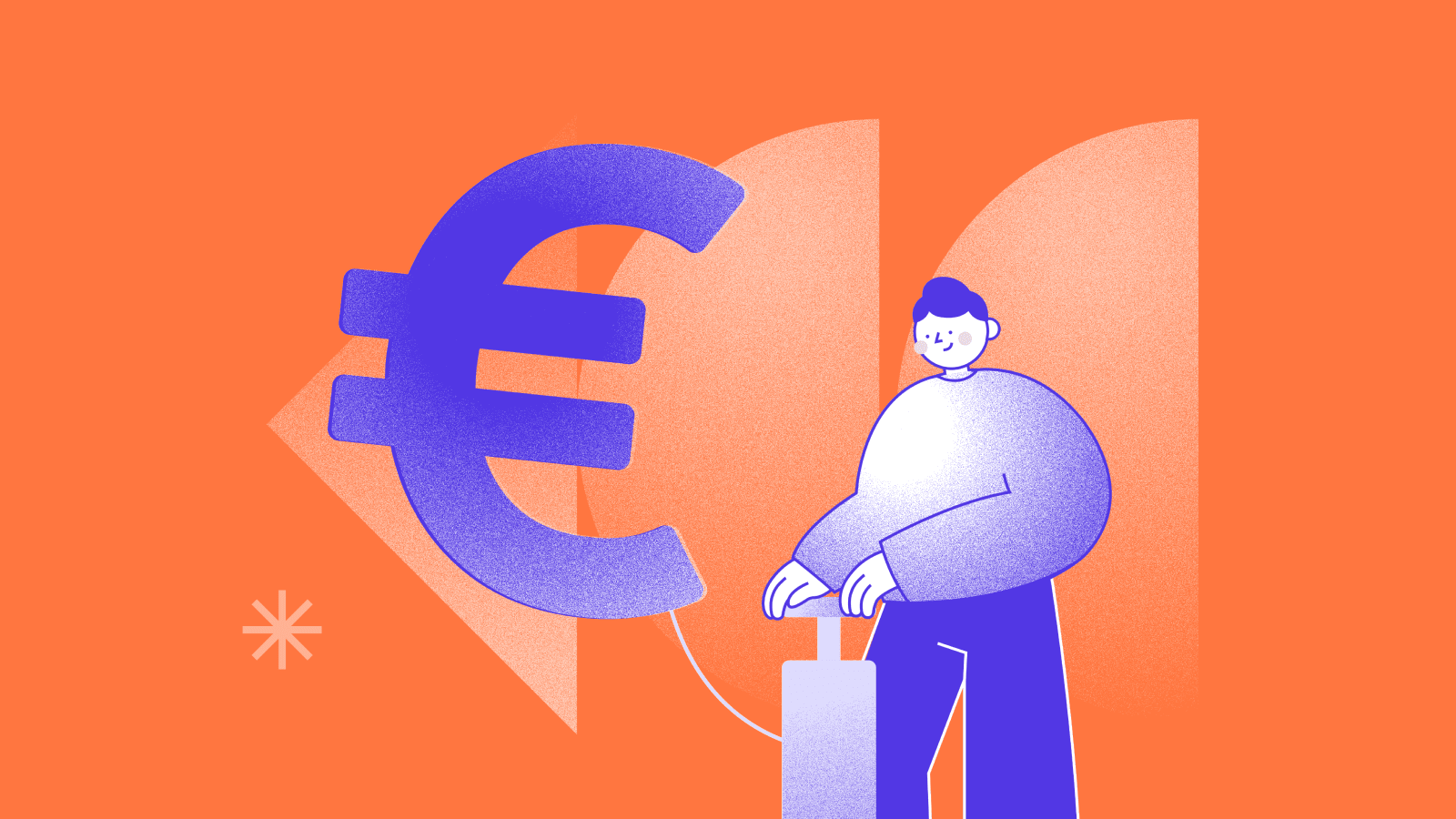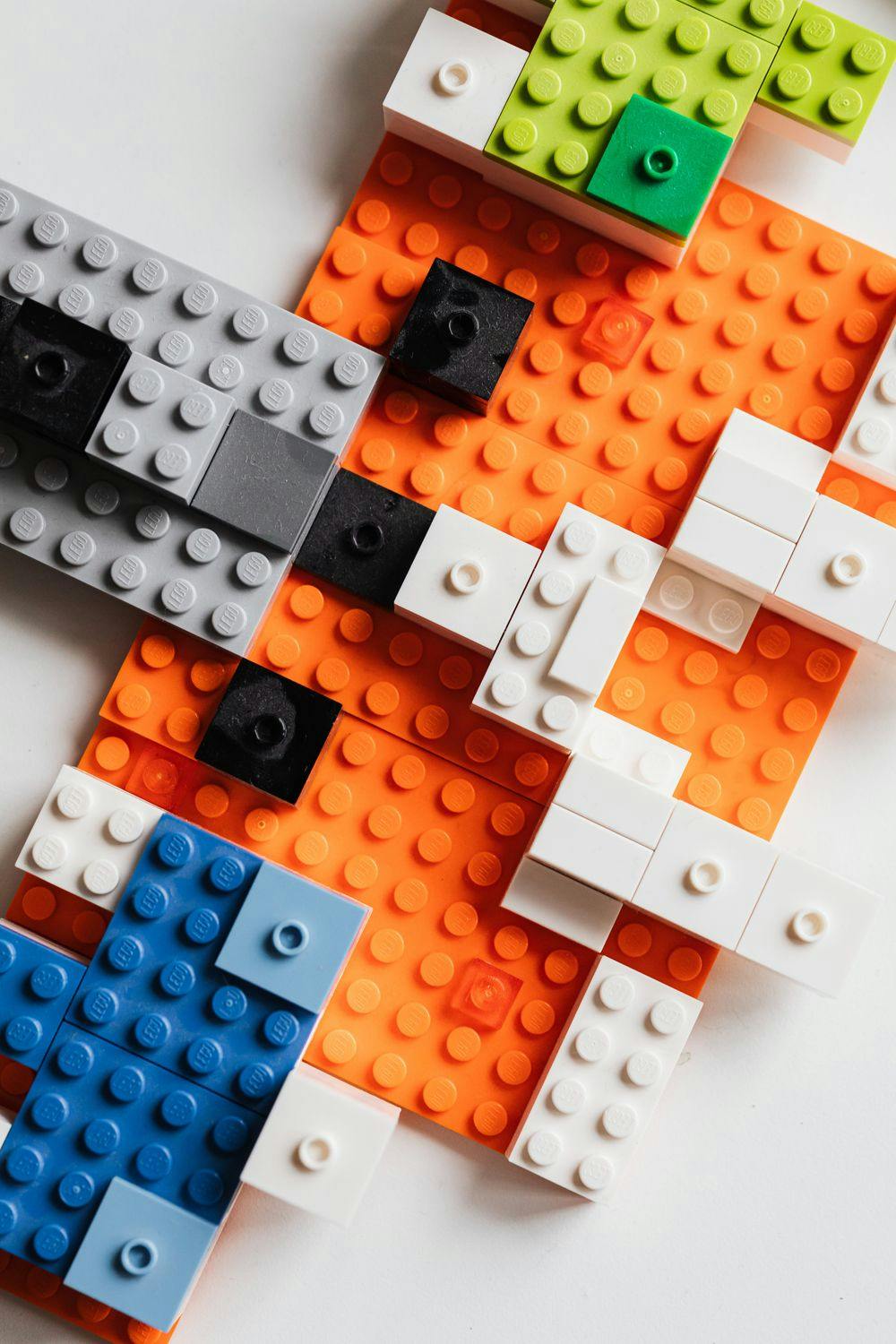"Money, money, money, must be funny, in the rich man’s world.”
Back in 1976, our favorite Swedes sang this iconic refrain that reminds us that money makes the world go around. The song’s lyric reflects the universal desire for financial security and encourages people to take control of their financial situations.

But money and financial decisions are not just a personal matter; they also play a vital role in the corporate world. Making the right financial moves for businesses can be the difference between doing well and just getting by. Nowadays, one of the most critical financial decisions a company must make is selecting its technology, particularly the kind of system it uses to create better customer experiences.
Businesses develop digital platforms to create, manage, and deliver consistent digital experiences for their customers, essential not just for making people happy, but for building customer loyalty, boosting brand recognition, and driving long-term success. The decision between using a monolithic or a composable architecture can significantly impact company's operations, expenses, and return on investment (ROI).

What is a monolithic system?
Monolithic systems represent the old-school way of making software, where all components function as a single, colossal piece of code. Once software giants, monolithic systems are like the dinosaurs of tech - big bosses in their time but now considered outdated because they struggle to adapt to change. But why?
In a monolithic setup, all software parts are tightly bound within one codebase. This means that all the features for creating and managing digital experiences are integrated into a single, all-in-one platform.
Let's take a closer look at the good and not-so-good aspects of the monolithic system, because, as the saying goes, everything has its upsides and downsides.








